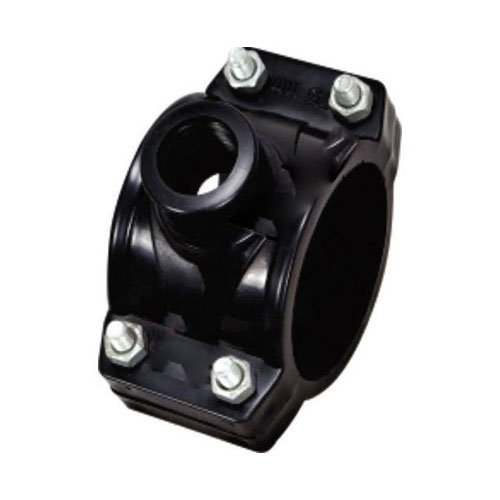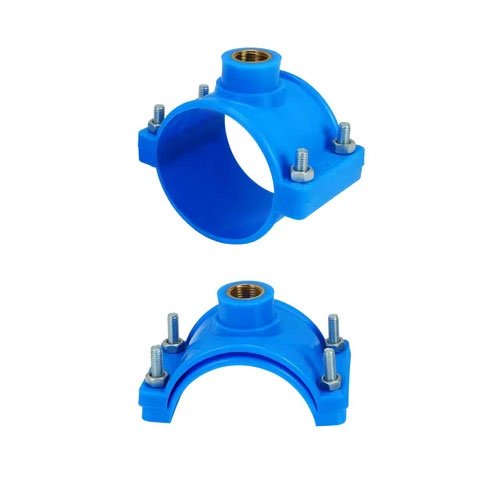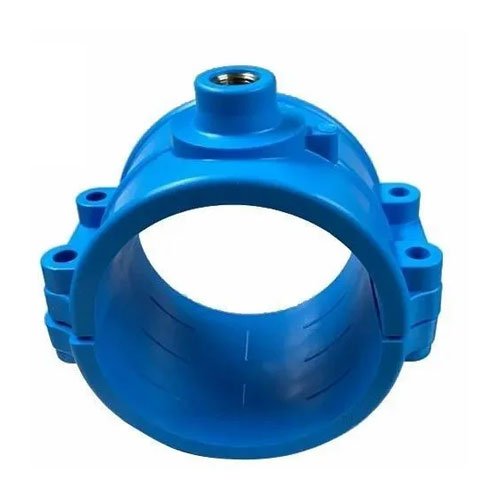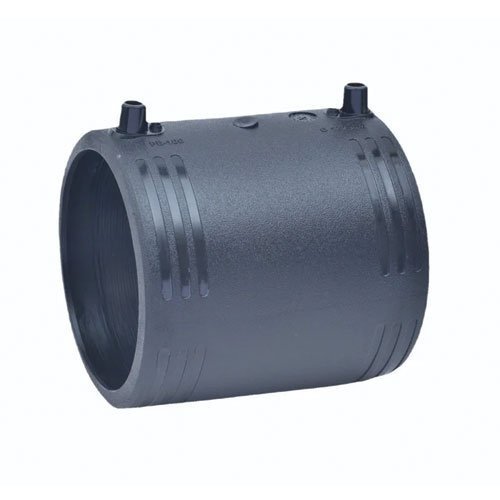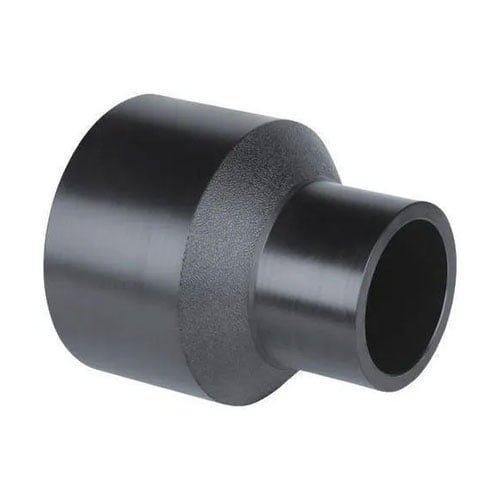HDPE service saddles are indispensable components in plumbing and pipeline systems, offering durability, efficiency, and reliability in creating branch connections without interrupting mainline flow. In this comprehensive guide, we’ll delve into the features, benefits, installation process, and applications of HDPE service saddles, highlighting their importance in modern infrastructure projects.
Features of HDPE Service Saddles: HDPE service saddles are manufactured using high-density polyethylene (HDPE) material, renowned for its exceptional durability, chemical resistance, and long service life. These saddles are designed to withstand harsh environmental conditions, including corrosive substances and abrasive elements, ensuring reliable performance in various applications.
Benefits of HDPE Service Saddles:
- Durability: HDPE material offers excellent resistance to corrosion, chemicals, and abrasion, making service saddles suitable for long-term use in diverse environments.
- Efficiency: The seamless integration of branch connections without interrupting mainline flow minimizes downtime and ensures continuous operations.
- Reliability: Leak-free performance and tight sealing mechanisms, such as gaskets or O-rings, maintain system integrity and prevent pressure loss.
- Cost-Effectiveness: HDPE service saddles reduce maintenance costs and enhance operational efficiency, leading to overall cost savings in pipeline installations.
Installation Process of HDPE Service Saddles:
- Prepare the main pipeline by ensuring cleanliness and proper support.
- Position the saddle base around the main pipe at the desired location for the branch connection.
- Mark and drill holes on the main pipe according to the pre-marked points on the saddle base.
- Install gaskets or O-rings on the saddle base for a tight seal.
- Attach the branch line to the threaded outlet or socket of the saddle.
- Secure all connections tightly and test the system for leaks before putting it into service.
Applications of HDPE Service Saddles: HDPE service saddles find extensive use in various industries and applications, including:
- Agricultural irrigation systems
- Municipal water distribution networks
- Industrial pipelines and process systems
- Plumbing and HVAC installations
- Infrastructure projects for residential, commercial, and industrial buildings
Conclusion: HDPE service saddles play a crucial role in modern infrastructure projects by offering durable, efficient, and reliable branch connections in pipeline systems. With their outstanding features, benefits, and versatility, these saddles contribute to cost-effective and sustainable solutions across industries. Embracing HDPE service saddles ensures seamless pipeline connections and optimized performance for long-term operational success.
What are saddle fittings used for?
HDPE (High-Density Polyethylene) service saddle fittings are commonly used in water distribution systems, particularly for joining HDPE pipes to other pipes or fittings made from different materials. These service saddles are designed to provide a secure connection between the HDPE pipe and the connecting element (such as a valve, hydrant, or meter), allowing for a reliable and leak-free transition.
Some common applications of HDPE service saddle fittings include:
- Water Distribution Systems: HDPE service saddles are frequently used in municipal water distribution systems for connecting HDPE pipes to valves, hydrants, meters, or other components of the system.
- Irrigation Systems: In agricultural settings, HDPE service saddles are utilized to connect HDPE pipes to irrigation equipment, such as sprinkler heads or drip irrigation systems.
- Industrial Applications: HDPE service saddles find application in various industrial settings for connecting HDPE pipes to equipment or machinery requiring water or fluid supply.
- Utilities: They are also used in utility installations, such as gas and oil pipelines, where a secure connection between HDPE pipes and ancillary equipment is essential.
- Repair and Maintenance: HDPE service saddles are often used for repair or maintenance purposes, allowing for quick and efficient connections without the need for extensive excavation or replacement of entire pipe sections.
HDPE Service Saddle fittings provide a versatile and reliable solution for connecting HDPE pipes to other components in water distribution and various fluid transfer systems. They offer benefits such as corrosion resistance, flexibility, and ease of installation, making them a preferred choice in many applications.


